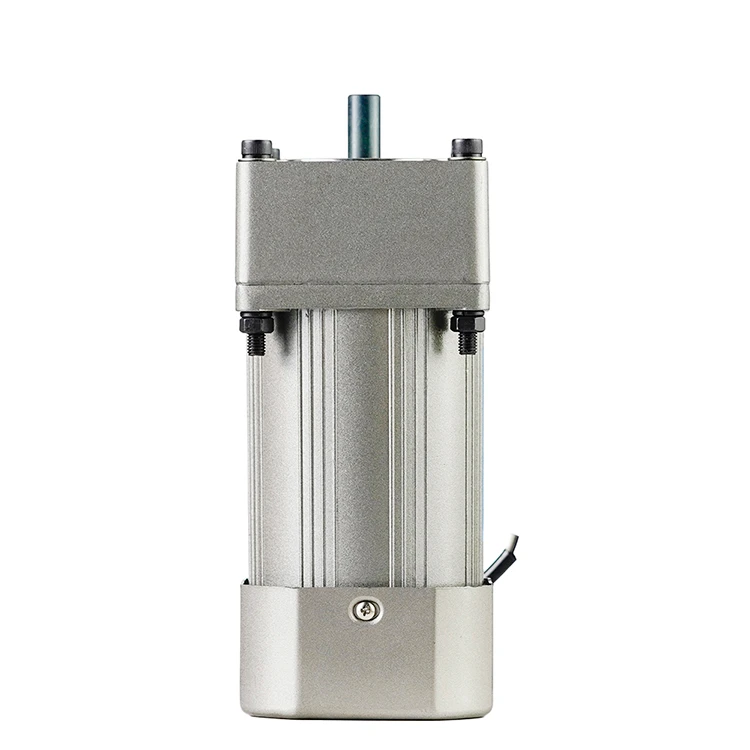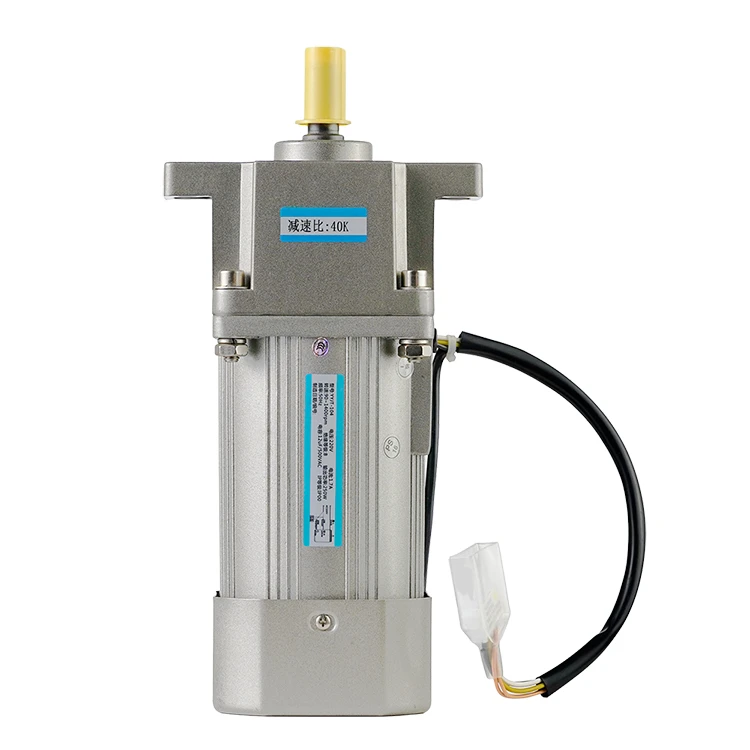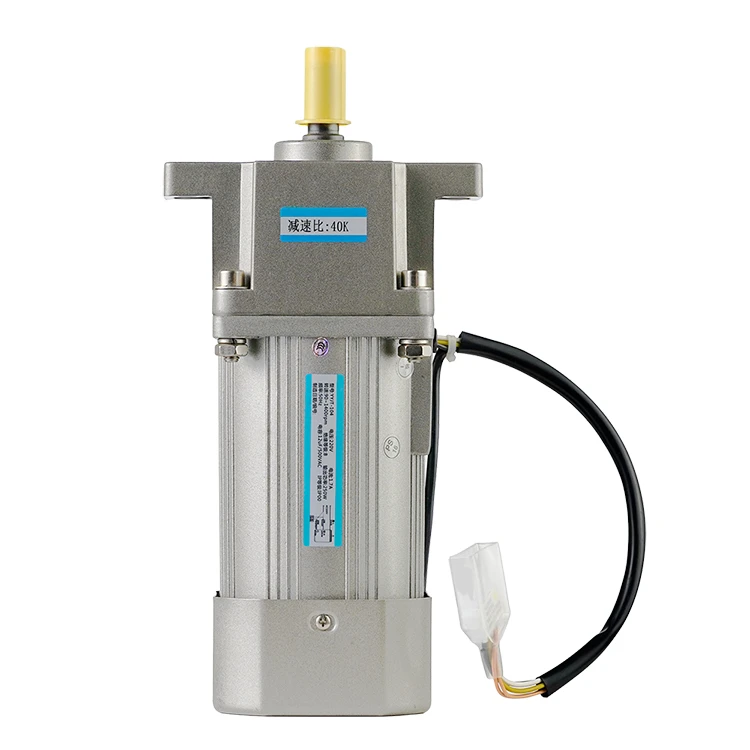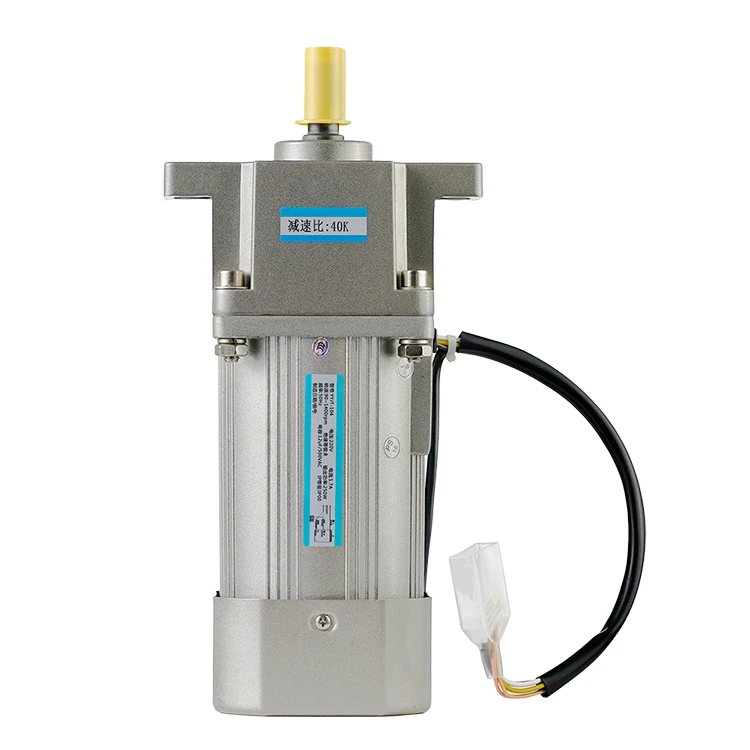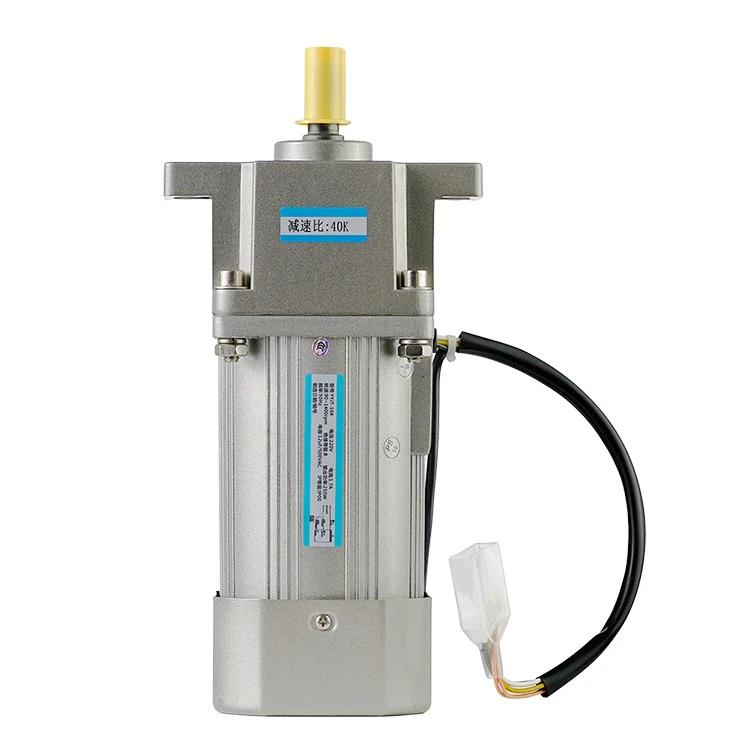How to Fix Induction Motor Crawling and Cogging?
2023-09-07 16:44:35
Induction motors are widely used in industrial and commercial applications due to their high efficiency and reliability. However, they can sometimes experience problems such as crawling and cogging, which can significantly reduce their performance and lifespan. In this article, we will discuss the causes, symptoms, and ways to fix crawling and cogging in induction motors.
What is Crawling and Cogging in Induction Motors?
Crawling and cogging are two common issues that can occur in induction motors. Crawling refers to the slow rotation of the motor shaft, usually below 50% of its rated speed. Cogging, on the other hand, is the uneven rotation of the motor shaft, resulting in a vibrating or oscillating motion. Both crawling and cogging can lead to increased energy consumption, reduced output, and overheating, ultimately damaging the motor.
Causes of Crawling and Cogging in Induction Motors:
There are several factors that can cause crawling and cogging in induction motors. Some of the most common causes include:
- Imbalance: Imbalance in the motor or its load can cause the shaft to vibrate, leading to crawling or cogging.
- Misalignment: Misalignment between the motor and its load can also cause uneven rotation, resulting in crawling or cogging.
- Worn or Damaged Bearings: Worn or damaged bearings can cause the shaft to rotate unevenly, leading to crawling or cogging.
- Incorrect Rotor Eccentricity: Incorrect rotor eccentricity can cause the rotor to rub against the stator, resulting in crawling or cogging.
- Insufficient Lubrication: Insufficient lubrication can cause the bearings to wear out faster, leading to crawling or cogging.
- Overloading: Overloading the motor can cause it to slow down, leading to crawling or cogging.
- Incorrect Motor Selection: Incorrect motor selection for the application can also cause crawling or cogging.
Symptoms of Crawling and Cogging in Induction Motors:
The symptoms of crawling and cogging in induction motors can vary, but some common signs include:
- Reduced Output: Crawling and cogging can significantly reduce the output of the motor, leading to decreased efficiency and productivity.
- Increased Energy Consumption: Crawling and cogging can increase the energy consumption of the motor, leading to higher electricity bills and increased operating costs.
- Excessive Heating: Crawling and cogging can cause the motor to overheat, which can lead to premature failure of the motor and its components.
- Vibration: Crawling and cogging can cause the motor to vibrate, which can lead to additional stress on the motor and its components.
- Noise: Crawling and cogging can also cause the motor to make unusual noises, such as rumbling, grinding, or squealing.
How to Fix Crawling and Cogging in Induction Motors:
Fortunately, there are several ways to fix crawling and cogging in induction motors. Here are some solutions to consider:
- Balancing: Balancing the motor and its load can help to eliminate crawling and cogging. This can be done by adjusting the position of the load or the motor, or by adding balance weights.
- Misalignment: Misalignment can be corrected by ensuring that the motor and its load are properly aligned. This can be done by adjusting the mounting of the motor or the load.
- Replacing Bearings: Worn or damaged bearings can be replaced with new ones to eliminate crawling or cogging.
- Rotor Eccentricity: Incorrect rotor eccentricity can be corrected by adjusting the position of the rotor or replacing it with a new one.
- Lubrication: Ensuring proper lubrication can help to reduce wear and tear on the bearings and eliminate crawling or cogging.
- Reducing Load: Reducing the load on the motor can help to eliminate crawling or cogging. This can be done by reducing the load on the motor
In conclusion, crawling and cogging are common issues that can occur in induction motors, but they can be fixed with the right techniques and tools. By understanding the causes, symptoms, and solutions, you can take proactive steps to prevent these problems from occurring in the first place. Remember to regularly inspect and maintain your motors, and address any issues promptly to avoid more serious problems down the line. With the right knowledge and tools, you can keep your ac induction motor running smoothly and efficiently for years to come.
See What Lunyee Can Do For You
Contact Us
- 8619149417743
- +86-0371-5562 0274
- [email protected]
- Zhengzhou, Henan Province, China
- Mon-Fri: 9:00 - 18:00
